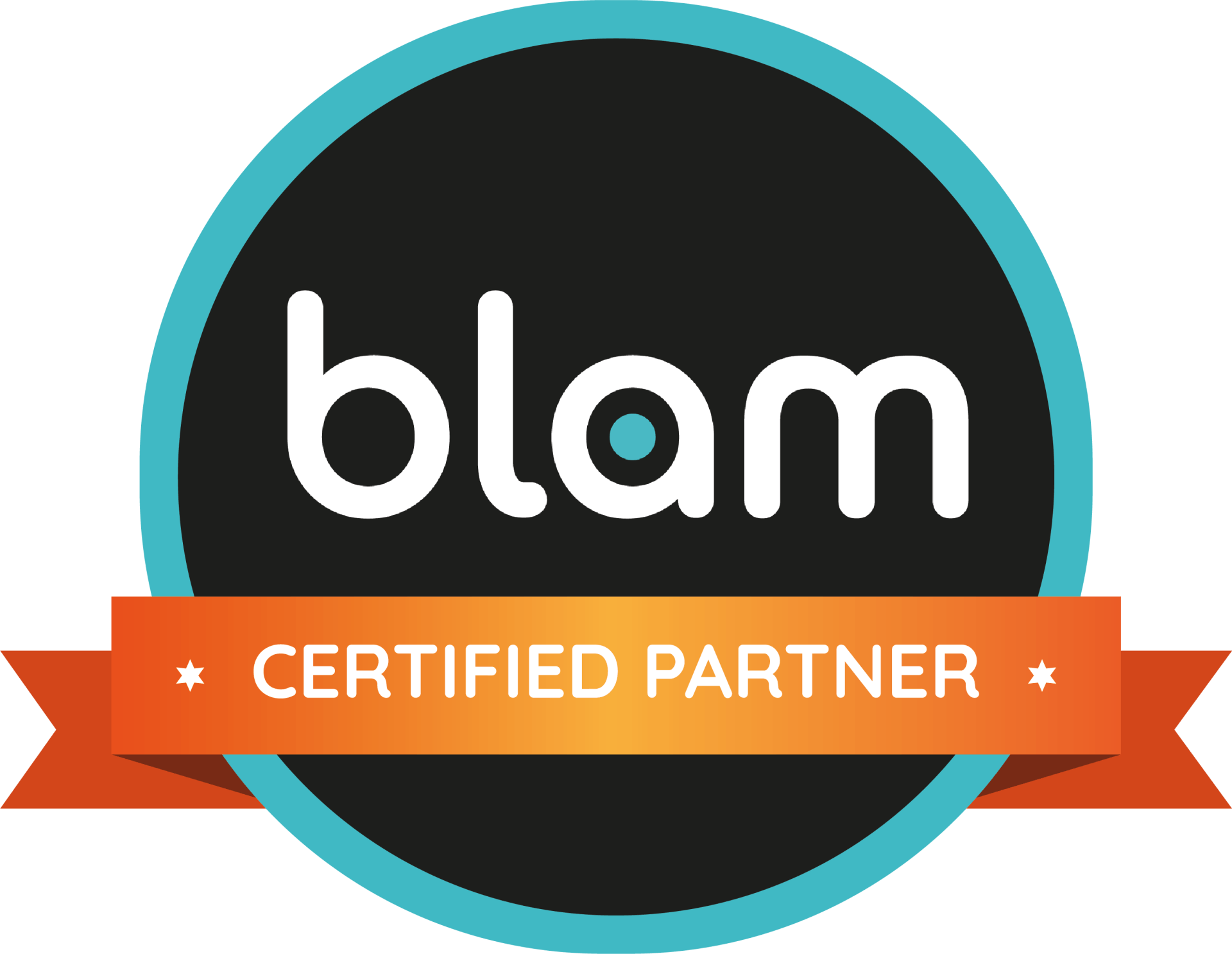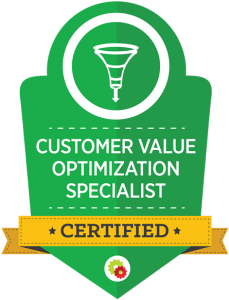Navigating the Future of Healthcare: 5 Key Trends in 2025 Every Provider Should Know
Introduction:
The healthcare industry is evolving faster than ever. In 2025, several major trends have completely redefined how providers deliver care, how patients experience healthcare, and how organizations maintain a competitive edge. These shifts aren’t theoretical—they’re already happening, and as a healthcare provider, staying ahead of these changes is key to not just surviving, but thriving in this new landscape.
In this blog, we’ll explore five essential healthcare trends you need to watch and adopt to ensure your practice is ready for the future. Let’s dive into what 2025 has in store for healthcare—and what you can do to lead the charge.
1. Artificial Intelligence (AI) and Machine Learning: Revolutionizing Healthcare Efficiency

Artificial Intelligence (AI) is no longer the stuff of science fiction. It’s already embedded in the day-to-day operations of modern healthcare, driving efficiencies and improving patient care. From automating routine tasks like patient portal management and prior authorizations to enhancing clinical decision-making, AI is empowering providers to focus more on patient care and less on administrative burdens.
By incorporating AI, practices can reduce human error, streamline workflows, and make more accurate diagnoses. These technologies allow healthcare teams to spend less time on paperwork and more time with patients—ultimately improving the overall patient experience.
Takeaway: Embrace AI-powered tools to automate administrative tasks and enhance diagnostic accuracy. AI integration will help you save time, reduce costs, and keep your practice at the forefront of modern healthcare.
2. Telehealth and Virtual Care: Redefining Access to Care

The rise of telehealth isn’t just a post-pandemic shift—it’s here to stay. By 2025, virtual care will be fully integrated into the healthcare ecosystem, allowing patients to access care remotely, wherever they are. This is particularly valuable for those in rural or underserved areas, where seeing a healthcare provider in person can be a challenge.
Telehealth is a powerful tool for addressing physician shortages, reducing wait times, and offering patients more flexibility in how they receive care. As patients become more accustomed to the convenience of virtual consultations, offering telehealth will be a must for staying competitive.
Takeaway:
Expand your telehealth services to meet growing demand. Invest in secure, high-quality telehealth platforms that ensure smooth, engaging virtual visits—enhancing both accessibility and patient satisfaction.
3. Precision Medicine: Personalized Care Tailored to Genetic Profiles

Precision medicine is changing the game, particularly in fields like oncology and chronic disease management. By tailoring treatments based on a patient’s genetic makeup, healthcare providers can offer more targeted, effective therapies. This personalized approach helps eliminate the guesswork that often accompanies traditional treatments, improving outcomes and minimizing adverse reactions.
As the field of genomics advances, precision medicine will become more accessible and widespread, allowing healthcare professionals to offer individualized care that better aligns with patients' unique needs.
Takeaway: Invest in genetic testing and personalized treatment protocols to deliver more effective care. Precision medicine will not only improve patient outcomes but also set your practice apart as a leader in cutting-edge healthcare.
4. Value-Based Care: Shifting from Volume to Value

The healthcare industry is making a significant shift from volume-based reimbursement models to value-based care (VBC), where providers are compensated based on patient health outcomes rather than the number of services rendered. This shift prioritizes the quality of care, patient satisfaction, and long-term health improvements over the volume of care delivered.
Value-based care is a win-win: it leads to better patient outcomes, lower costs, and more sustainable healthcare delivery. It also builds trust and loyalty, as patients value providers who prioritize their health over profits.
Takeaway: Transition to value-based reimbursement models by focusing on patient outcomes and quality of care. This approach not only ensures long-term success but also strengthens your relationship with patients.
5. Digital Health Technologies: Empowering Patients with Data

Wearable devices, health apps, and other digital health tools are becoming an integral part of modern healthcare. These tools allow patients to track their health metrics, monitor chronic conditions, and engage in proactive wellness practices. From heart rate monitors to blood sugar tracking apps, these technologies are empowering patients to take charge of their health.
For healthcare providers, digital health tools offer a treasure trove of real-time data that can help you better understand patient needs, intervene earlier in disease progression, and improve overall outcomes.
Takeaway: Encourage patients to utilize wearables and health apps to monitor their health metrics. These tools give you valuable insights that can help personalize care and improve long-term patient outcomes.
Actionable Insights to Win the Race:
The key to staying competitive in 2025’s fast-evolving healthcare landscape? Be proactive. Embrace these emerging trends and invest in the technologies and strategies that will make your practice more efficient, patient-focused, and future-ready.
Here’s how you can stay ahead of the curve:
- Invest in Technology: Commit to acquiring and maintaining state-of-the-art technologies that support AI, telehealth, and digital health initiatives. Doing so will pay off in the form of improved patient care and operational efficiency.
- Train Your Team: Empower your team with ongoing training on the latest healthcare technologies and care models. A well-equipped team will allow your practice to adapt quickly to new developments.
- Enhance Data Security: As the healthcare industry moves toward more digital solutions, protecting patient data becomes even more critical. Invest in strong cybersecurity measures to maintain patient trust and comply with privacy regulations.
- Engage Patients: Leverage digital tools to enhance patient engagement. When patients actively participate in their care, they’re more likely to experience better outcomes.
- Monitor Outcomes: Regularly evaluate the success of new technologies and initiatives. Gathering data on how your AI tools, telehealth services, and precision medicine approaches are performing will help you make informed adjustments and improvements.
Conclusion: Adapting to the Future of Healthcare
By 2025, healthcare will look very different from what we are used to.
But these changes aren’t something to fear—they’re an opportunity to transform the way you care for patients. By embracing AI, telehealth, precision medicine, value-based care, and digital health tools, you can position your practice for success in this new era of healthcare.
The secret to winning the race? Stay agile, adapt to new trends, and always prioritize your patients’ needs. The future of healthcare is bright for those who are ready to innovate and lead the charge.
Is your practice ready for the future of healthcare? Don’t wait any longer to make important changes.
Visit
www.1sthour.online to learn more about how you can integrate these trends into your practice today. Let’s build a healthcare experience that’s smarter, more efficient, and centered on your patients’ well-being. Reach out to us now to get started!
About Us

At 1st Hour, we provide innovative, patient-centered digital solutions, including:
- AI-powered, responsive websites.
- SEO-driven healthcare content strategies.
- Mobile app development.
- Brand management and social media.
- 📞 Call: 774 719 4647
- 📧 Email: Barry@1stHour.online
- 🌐 Visit:
www.1stHour.online
Meet Barry Eneh

Barry Eneh, founder of 1st Hour, is a healthcare marketing expert passionate about connecting providers with patients. Follow Barry at
Barry@1stHour.online.




